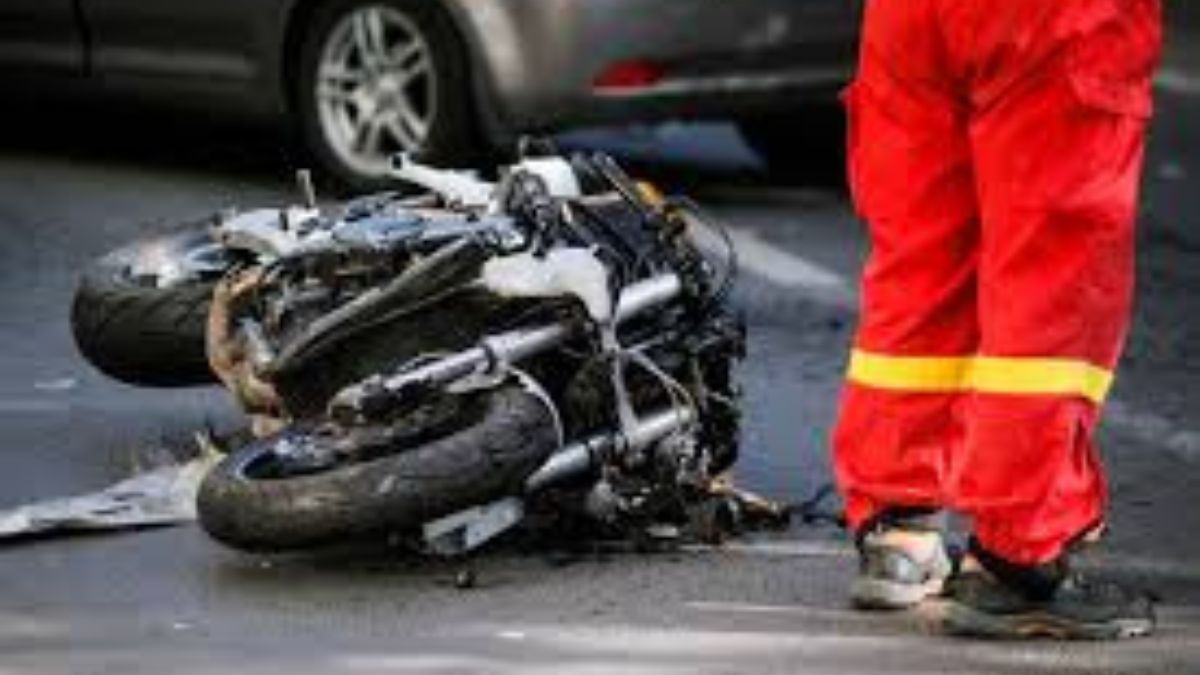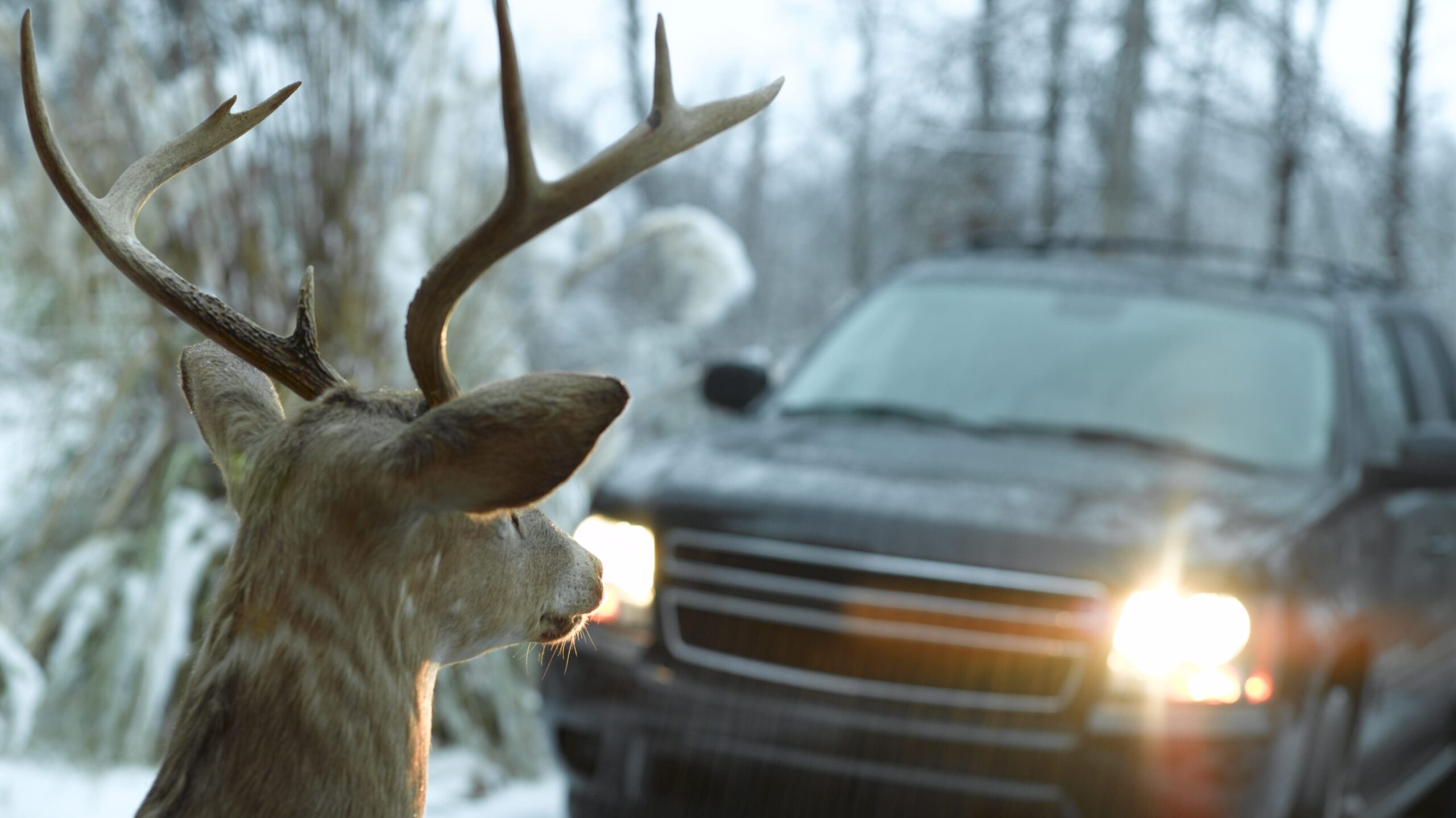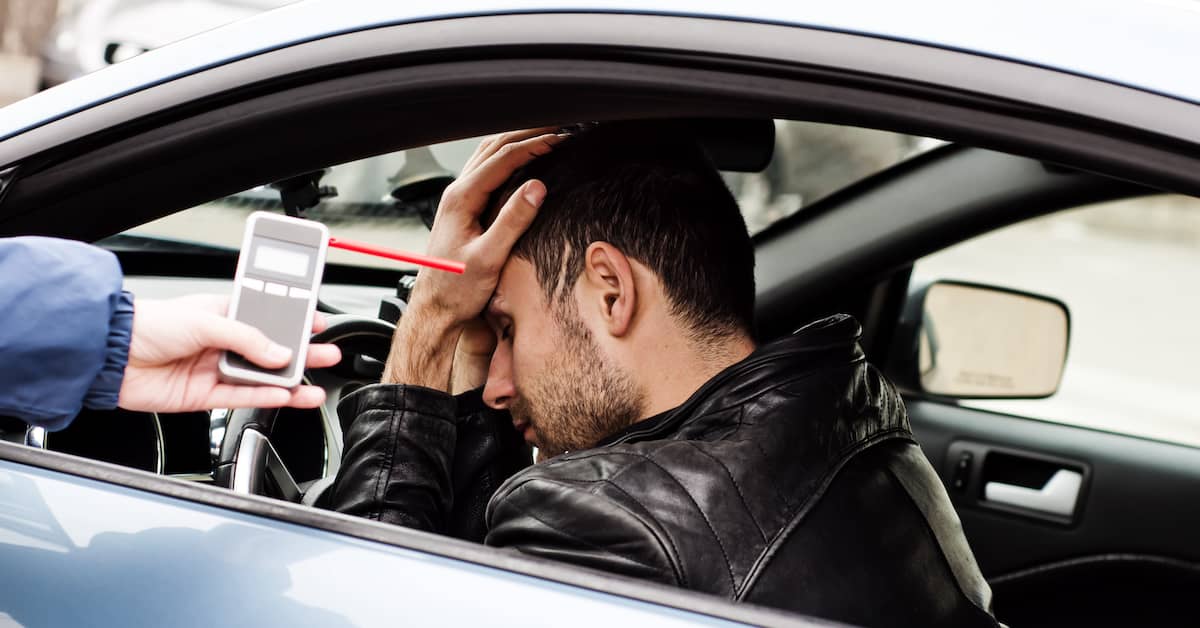TOPIC
How Accurate Is Navionics Chart Viewer for Marine Navigation?

Navionics Chart Viewer is a popular online tool that provides digital nautical charts for boaters, sailors, and fishermen. It offers detailed mapping, real-time depth data, and navigational markers, making it an essential tool for marine navigation. But how accurate is it? The accuracy of Navionics Chart Viewer depends on various factors, including its data sources, user-generated inputs, and real-time conditions.
What Makes Navionics Chart Viewer a Trusted Tool?
Navionics gathers data from official hydrographic surveys, satellite imagery, and user-generated sonar logs. This combination allows for detailed and regularly updated charts. Unlike traditional paper charts or static digital maps, Navionics incorporates real-time updates, making it more dynamic and reliable for marine navigation.
The tool provides essential details such as:
- Depth contours to help determine safe passage.
- Navigational markers including buoys and hazards.
- Marina locations and dock information.
- Tidal and current data for better trip planning.
This level of detail makes Navionics an excellent resource for both casual and professional mariners.
Factors Affecting the Accuracy of Navionics Chart Viewer
While Navionics is one of the most advanced digital charting tools, several factors influence its accuracy:
1. Data Sources and Updates
Navionics combines government-issued hydrographic charts, private surveys, and crowdsourced sonar data from users. The accuracy of the maps depends on how frequently these sources update their information. Popular boating areas often receive more updates than remote waters, leading to differences in precision.
2. Crowdsourced Sonar Logs
One of Navionics’ standout features is its user-submitted sonar logs, which enhance depth readings in specific locations. While this data is useful, it can sometimes be inconsistent since it relies on non-professional contributors. This means depths in lesser-traveled areas may not always be perfectly accurate.
3. Tide and Depth Variations
Navionics provides depth readings based on standard water levels, but tides, weather conditions, and underwater terrain shifts can affect actual depths. Mariners should use Navionics alongside onboard depth finders and GPS to get the most accurate real-time data.
4. Chart Revisions
Navionics frequently updates its charts based on new hydrographic surveys and user input. However, not all regions receive updates at the same frequency. Coastal and highly trafficked areas tend to have more frequent updates compared to remote locations.
How Does Navionics Compare to Other Marine Navigation Tools?
Navionics vs. NOAA Charts
NOAA (National Oceanic and Atmospheric Administration) provides free, highly accurate nautical charts for U.S. waters. While reliable, NOAA charts may not have the same level of real-time updates or interactive features as Navionics.
Navionics vs. Garmin BlueChart
Garmin’s BlueChart system shares similarities with Navionics since Garmin owns both platforms. BlueChart is mainly used with Garmin devices, whereas Navionics Chart Viewer is available as an online tool and mobile app, making it more accessible.
Navionics vs. C-MAP
C-MAP is another digital charting service that offers comparable navigational features. However, Navionics’ SonarChart Live feature, which provides user-enhanced depth contours, makes it more dynamic in frequently traveled waters.
Strengths of Navionics Chart Viewer
Despite minor limitations, Navionics Chart Viewer remains one of the most widely used digital navigation tools due to its:
- Highly detailed charts covering global waterways.
- Frequent updates incorporating official sources and user contributions.
- User-friendly interface for planning and route mapping.
- SonarChart technology that improves depth accuracy.
- Compatibility with mobile and web platforms, making it accessible to all mariners.Limitations to Consider
While Navionics is a powerful tool, it’s not infallible. Some potential limitations include:
- Crowdsourced data variability – While helpful, user-submitted sonar logs may not always be precise.
- Tidal and seasonal changes – Water levels fluctuate, and Navionics’ depth readings are based on average conditions.
- Limited offline access – The online version of Navionics Chart Viewer requires an internet connection, making it less useful in remote areas without connectivity.Best Practices for Using Navionics Chart Viewer
To maximize safety and accuracy when using Navionics, follow these best practices:
- Cross-check with other sources – Use official NOAA charts and onboard sonar to verify depth readings.
- Monitor updates – Ensure your charts are up to date for the most current data.
- Use real-time tide and weather information – Always check tide charts before navigating shallow areas.
- Be mindful of crowdsourced data – While helpful, user submissions should be verified with multiple sources.
- Combine with GPS navigation – Navionics is best used alongside a dedicated marine GPS system for optimal accuracy.Final Verdict: Is Navionics Chart Viewer Accurate?
Navionics Chart Viewer is one of the most detailed, reliable, and frequently updated digital marine navigation tools available. Its combination of official chart data, user-generated sonar logs, and real-time updates makes it a strong choice for boaters of all experience levels.
However, no navigation tool is 100% perfect. Water conditions, tidal shifts, and the quality of user-submitted data can impact its accuracy. To ensure safe and precise navigation, mariners should always supplement Navionics with onboard depth finders, GPS systems, and official hydrographic sources.
For those looking for a versatile and user-friendly marine charting solution, Navionics Chart Viewer remains a top choice—as long as it is used wisely alongside other navigation tools.
TOPIC
What If a Motorcycle Defect Caused Your Crash?

Imagine riding your motorcycle, feeling the wind, when suddenly, disaster strikes. You crash. It’s terrifying and confusing. What if a defect in your motorcycle caused this tragedy? You need answers. A defective part could risk your safety more than you realize. You deserve to know the truth behind the accident and hold the right parties accountable. The journey to uncovering the cause starts with understanding what went wrong. Was it a faulty brake, ineffective steering, or a weak frame? Each could spell disaster. You must act swiftly to protect yourself and others. Learning who is responsible can empower you to prevent future harm. If you suspect a defect, it’s crucial to seek expert advice. Knowing where to turn is important. Inquire here for guidance on what steps to take next. Remember, taking action isn’t just about justice. It’s about safety and prevention.
Identifying the Defect
The first step in addressing a motorcycle defect is identifying the problem. Mechanical issues can range from minor to severe. Some common defects include brake failure, steering malfunctions, and structural weaknesses. These defects can result from manufacturing errors or design flaws. Recognizing a defect requires keen observation and sometimes expert assistance. If you notice unusual sounds, reduced performance, or if something feels off, you may be dealing with a defect.
Types of Common Motorcycle Defects
Understanding the types of defects helps in determining next steps. Below is a table summarizing common defects:
| Defect Type | Possible Consequences |
| Brake Failure | Increased stopping distance, collisions |
| Steering Malfunction | Loss of control, veering off-road |
| Structural Weakness | Frame collapse, severe injury |
Taking Action
Once you suspect a defect, action is necessary. Report the issue to the manufacturer and consult with a legal professional. It’s not just about getting compensation. It’s about preventing similar incidents. If you’re unsure how to proceed, resources are available. For more information on vehicle safety and defects, visit the National Highway Traffic Safety Administration website.
Legal Implications
Understanding the legal landscape is essential. If a defect caused your crash, you might have a case against the manufacturer or distributor. Lawsuits can be complex. They often require proving the defect and its direct link to the crash. Legal experts can guide you through this process. They help gather evidence and build a strong case.
Preventing Future Incidents
Prevention is crucial. Regular maintenance and inspections are key. Always check for recalls related to your motorcycle model. Keeping your motorcycle in top condition reduces the risk of defects. Educating yourself about potential risks empowers you to make informed decisions. It ensures your safety and the safety of others on the road.
Conclusion
A motorcycle accident caused by a defect is more than an unfortunate event. It’s a call to action. Recognizing defects, taking appropriate steps, and preventing future incidents are essential. Staying informed and proactive ensures safer rides for everyone. Remember, the road to safety starts with awareness and decisive action.
TOPIC
How Wildlife‑Related Crashes Affect Liability And Insurance Claims

Every year, wildlife causes thousands of accidents on our roads. These crashes can be distressing and lead to unexpected consequences. When you collide with an animal, you’re not just facing potential damage to your car. You might also deal with serious injuries and complex insurance claims. Understanding your liability in these situations is crucial. Insurance policies often vary, and knowing what to expect can help you navigate this tricky situation. You may wonder about coverage for repairs and medical costs. Or perhaps you’re concerned about how this affects your insurance rates. Each situation is different, and the details matter. Learn about your rights and responsibilities to protect yourself better. It’s essential to stay informed. As you drive, stay alert and watch the road. Discover more about how wildlife-related crashes impact your insurance claims and liabilities. Your awareness could make a significant difference in your life.
Understanding Wildlife-Related Crashes
Encountering wildlife on the road can be sudden and frightening. Animals like deer, moose, and even smaller animals pose significant risks. The damage can be extensive, affecting both your vehicle and your peace of mind. These incidents often happen during dawn and dusk when animals are most active. Avoiding such crashes requires vigilance and quick reactions. However, accidents still occur despite your best efforts.
Liability in Wildlife-Related Accidents
Determining liability in wildlife accidents is often complex. Generally, no one owns wild animals, so the responsibility doesn’t fall on a specific party. If you collide with wildlife, liability typically rests with the driver. This means you could be responsible for repair costs and potential increases in insurance premiums. Knowing what your insurance covers is essential. Comprehensive coverage often includes animal collisions, while liability insurance does not. Reviewing your policy details can prevent surprises later.
Insurance Claims: What to Expect
Filing an insurance claim after a wildlife crash can seem daunting. Knowing the steps to take can ease the process. First, ensure everyone’s safety and contact authorities if necessary. Document the incident with photos and notes about the conditions and time. Contact your insurance company promptly to report the accident. Each insurer may handle claims differently, so understanding your policy helps. Coverage for repairs, medical costs, and even towing depends on your insurance type.
Comparing Coverage Types
| Coverage Type | Includes Wildlife Collisions | Repair Costs Covered |
| Liability Insurance | No | No |
| Comprehensive Insurance | Yes | Yes |
| Collision Insurance | Sometimes | Depends on the provider |
This table shows how different coverage types handle wildlife collisions. Comprehensive insurance is your safest bet for full coverage in these scenarios. Always review your policy documents to understand your coverage scope.
Prevention and Safety Tips
Preventing wildlife crashes involves both awareness and action. Stay attentive, especially in areas with high animal activity. Use high beams when safe to spot animals earlier. Slowing down can give you more time to react. In areas with frequent wildlife crossings, be extra cautious. Whistles or devices claiming to deter animals are often ineffective. Instead, focus on driving carefully and maintaining control at all times. For more safety tips, visit National Highway Traffic Safety Administration.
The Role of the Community
Communities can play a part in reducing wildlife-related accidents. Local measures like installing signs or creating wildlife corridors can help. Educating drivers about high-risk areas and times is effective. Collaborating with local wildlife experts to understand animal patterns can also reduce incidents. Community effort is key to safer roads for everyone.
Conclusion
Wildlife-related crashes are unpredictable but manageable. By understanding your insurance policy and knowing your responsibilities, you can better handle these incidents. Prevention is key, but when accidents happen, being prepared helps. Ensure your policy covers potential wildlife encounters. Stay informed and cautious on the road. By taking these steps, you protect yourself and others. Drive safely and stay aware to minimize risks and enjoy peace of mind.
TOPIC
What To Do If A Drunk Driver Causes A Fatal Accident

A fatal accident involving a drunk driver shatters lives. If you face this tragedy, knowing your next steps is crucial. This guide helps you navigate these challenging moments. First, ensure your safety and others around you. Contact emergency services immediately. Authorities need to secure the scene and gather evidence. Then, reach out to family or friends for emotional support. The impact of such an event can be overwhelming. Seek professional legal advice promptly. Legal experts can help you understand your rights and options. Their assistance may be vital in ensuring justice for your loved one. Document everything you remember about the incident. Details can be essential later. Also, consider seeking counseling. Emotional recovery is as important as legal resolution. Addressing these steps eases the burden during this difficult time. Being prepared supports you in handling this tragic situation with strength and clarity. You are not alone in this journey.
Immediate Steps After the Accident
Once the scene is secure, focus on gathering information. Collect the names and contact numbers of witnesses. Take photos of the accident site if possible. These will aid in building your case. Understandably, emotions run high. However, clear documentation is crucial. Law enforcement will compile a report. Request a copy for your records. This report contains essential details. It will be crucial for legal and insurance purposes.
Legal Considerations
Engaging with the legal system can be daunting. Yet, it is an important step forward. Secure a reputable attorney experienced in dealing with drunk driving incidents. They will navigate the complexities of the law on your behalf. Start this process early. Legal procedures often require extensive time and effort. The attorney will help file claims and represent you in court if necessary.
Emotional and Psychological Support
Processing grief and trauma requires time and support. Many find comfort in speaking with counselors or support groups. There are professionals trained to help you through this difficult period. Friends and family members are also invaluable. Be open about your needs and feelings. They can offer a listening ear and necessary support.
| Support Option | Advantages | Disadvantages |
| Professional Counseling | Expert guidance, Confidential | Costly, Requires scheduling |
| Support Groups | Shared experiences, Community support | Availability varies, Less personalized |
| Family and Friends | Immediate availability, Emotional bond | May lack expertise, Emotionally invested |
Financial and Insurance Matters
Accidents lead to unexpected financial burdens. Insurance claims need to be filed promptly. Contact your insurance company to start the process. Provide them with the accident report and any additional information. It is also wise to consult with your legal advisor during this stage. They can ensure all documents are appropriately handled. In some cases, the process may lead to compensation. This can aid with medical or funeral expenses.
Long-Term Recovery and Resolution
Healing from this tragedy takes time. Some days will be harder than others. Establishing a routine can help restore a sense of normalcy. Engage in activities that bring you relief and comfort. Consider joining initiatives that advocate against drunk driving. Contributing to a cause may offer a sense of purpose.
Additional Resources
For more guidance, visit the National Highway Traffic Safety Administration (NHTSA). They offer resources on dealing with drunk driving incidents. You can also explore the Mothers Against Drunk Driving (MADD) website for support networks and advocacy opportunities.
Dealing with the aftermath of a drunk driving accident is a profound challenge. Each step taken brings you closer to resolution and healing. Reliable support and information make a significant difference. Remember, while the journey is difficult, you have resources and people ready to help. By taking active steps, you honor the memory of your loved one and contribute to a safer community.
-

 BLOG10 months ago
BLOG10 months agoIZoneMedia360 .Com: Exploring the Features and Benefits
-

 BLOG1 year ago
BLOG1 year agoAbout Blog TurboGeekOrg: A Go-To Hub for Tech Enthusiasts and Latest Innovations
-

 BLOG1 year ago
BLOG1 year agoWhat is a Golden Transit in Magi Astrology?
-

 NEWS9 months ago
NEWS9 months agoChloe Berger News: Insights on Employee Rights and Talent Retention
-

 BLOG10 months ago
BLOG10 months agoA Complete Guide to ProcurementNation.com Shipping
-

 ENTERTAINMENT1 year ago
ENTERTAINMENT1 year agoTyquaez Pickett: A Rising Star in the Entertainment World
-

 BLOG12 months ago
BLOG12 months agoWho Is Hall Sinclair? The True Story of Olivia Colman’s Son
-

 NEWS10 months ago
NEWS10 months agoThe Vision and Innovation of News Theamericansecretscom
